Introducing the 2020 Adobe Rising Stars of photography
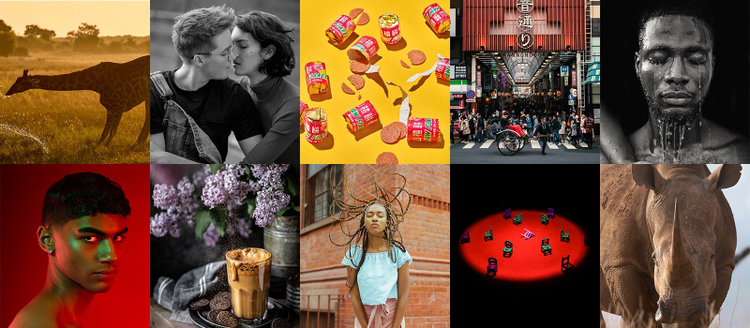
The art of photography in the year 2020 is more than a hobby. It’s a tool to express, protect, document, and engage. In an unprecedented year full of calls to action, we’ve relied on the power of a photo to do much more than usual, which has made the work of photographers far more important than usual.
Today, we proudly introduce this year’s #AdobeRisingStars of photography. Focuses range from environmental photojournalism to representative portraiture to boundary-breaking conceptual work, and these artists are fearless. This group of ambitious photographers is both fiercely curious and wildly passionate, and it shines in all that they do. Let’s give them a warm welcome to the Lightroom community! Scroll down to get a feel for their subject focuses and keep a close eye on the Lightroom Instagram over the next few months to experience their work.
Nana Oduro Frimpong — Ghana
Twenty-four-year-old portrait photographer Nana Oduro Frimpong never thought he’d pursue a career in photography. But when his architecture studies were forced to a stop, life led his hand to the camera. In the last two years, it has brought him hope and fulfillment. Favoring human subjects above all else, Frimpong channels his emotions into each and every piece, with the help of Lightroom. Frimpong’s passion does not stop at his own exploration and creative development; he pays it forward and teaches other aspiring photographers whenever possible. Ultimately, he hopes that his work can speak to people, just as music does. His favorite piece of work (pictured below) is called ‘Emotional Guidance.’ To other upcoming photographers, Frimpong shares one piece of advice: Stay true to yourself and explore your imagination because imagination has no limit.
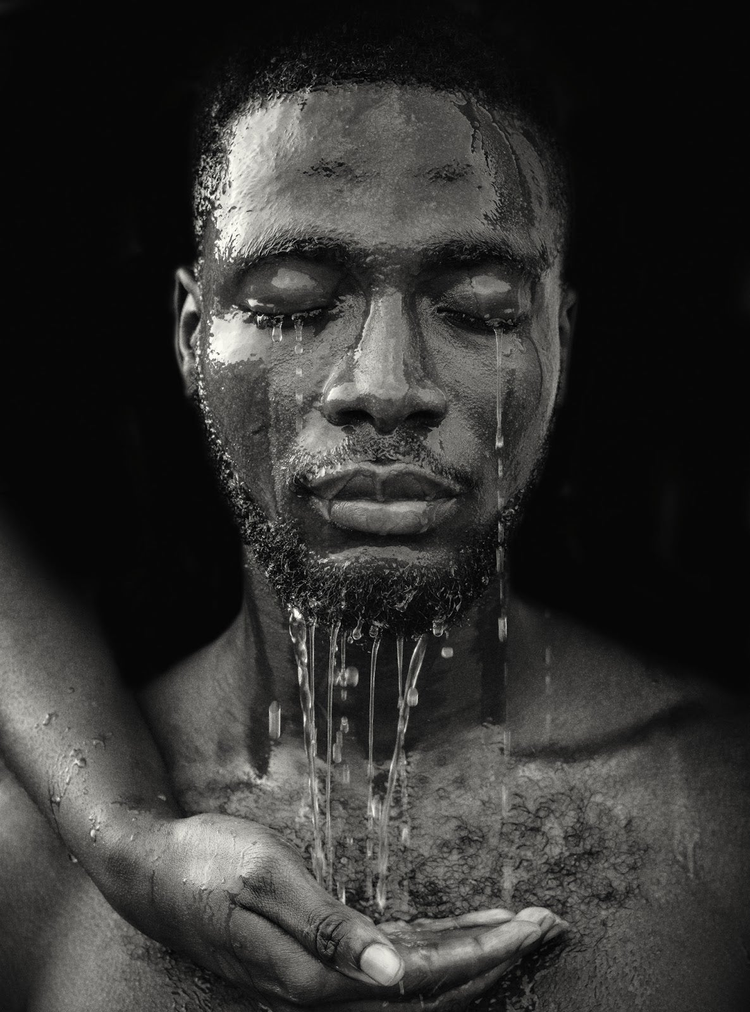
Andrew Morócho — Ecuador
Hailing from Ecuador, this Latinx portrait photographer shoots images of people he can see himself in, as everything he shoots is a reflection of his own experiences. In 2016, Andrew Morócho realized that in his healing through photography, comes a greater responsibility of teaching and being a guiding light for an audience greater than the person he sees in the mirror. A true perfectionist at heart, he looks to Lightroom for color toning and adjusting to experiment. Keeping representation at the crux, Morócho wants other QBIPOC (queer, Black, indigenous, people of color) to be comfortable in their emotions, to be inspired, uplifted, and feel loved. Currently, he is most proud of his latest series, SOS (Shades of Son), which addresses “machismo” in the Latinx community. This project is his way of reaffirming young men to be themselves, fully and unapologetically.
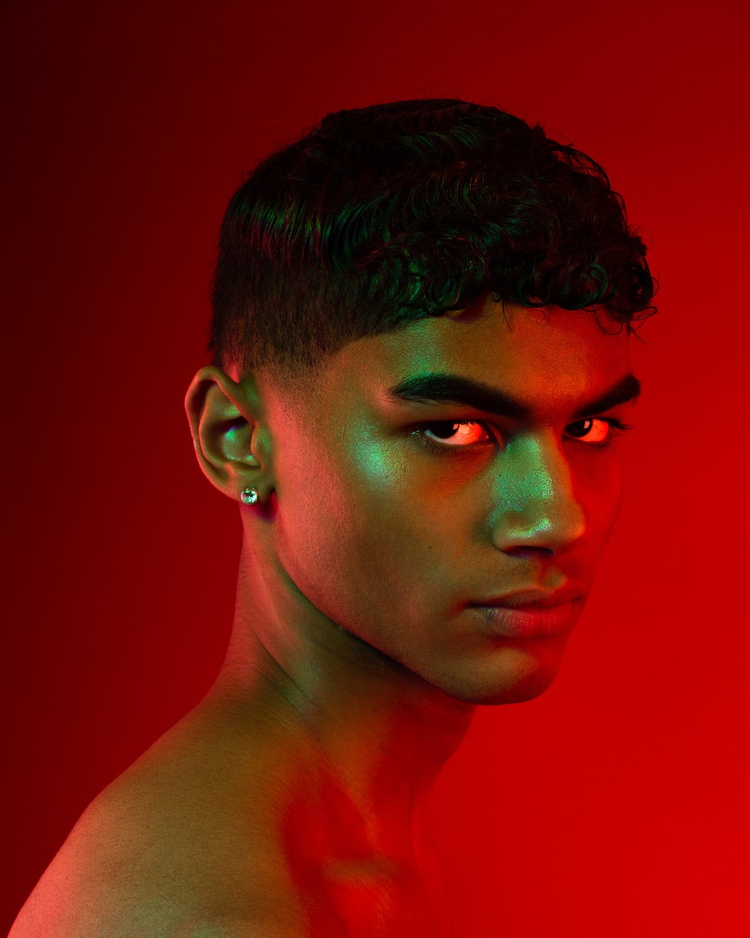
Curt Saunders — U.S.
A photo hobbyist in his youth, Curt Saunders fell passionately for photography in his college years when he started to see photography as visual communication and felt himself wanting to contribute to the conversation. As a Black portrait photographer, Saunders cares for and loves Black people through his lens. He is most fascinated in where our humanity and divinity intersect, and he makes a point to place those elements at the forefront of the images he creates. His vision extends beyond a single frame. He is a conscious and considerate creator, always thinking of what it might mean to photograph someone at that particular point in their life, that place, and that time in the world. Saunders is passionate about using photography to cultivate sustainable joy, so that his work has real impact and legacy. He feels most accomplished when someone shares with him that his work makes them feel seen. This sentiment exchange is ultimately why Saunders puts in the work, money, and time to do what he does.

Charmaine de Heij — Berlin/Amsterdam
Convinced that she became a photographer the moment she picked up a camera, Charmaine de Heij has always focused on contemporary issues that also connect to her on a personal level. Through her work, she aims to reveal the invisible in order to harbor understanding and create open dialogue. An incessant screenshotter and photo taker, de Heij organizes all of her research imagery in Lightroom, which serves as her library for her creative thinking. With representation at the forefront of her work, she’ll be focused on a project about racism and stereotyping people of color in Western society during the coming months. And to other aspiring creatives in the industry, de Heij has some sound advice: Tell the stories you want to tell with your photography and don’t be afraid to speak out. If you have a story to tell: tell it loud.
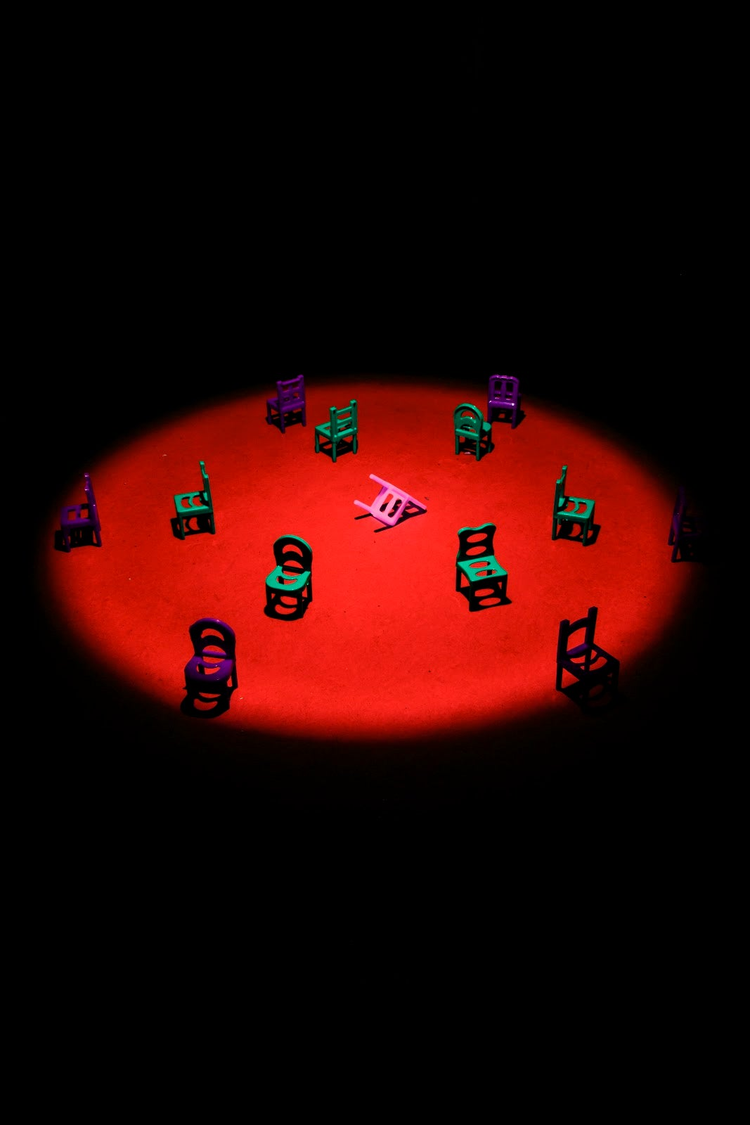
Lia Clay Miller — U.S.
At the start of her editorial career, Lia Clay Miller wanted to photograph from a very particular perspective: being a trans woman looking at other trans-identified individuals without voyeurism. Through her work, Miller is actively trying to create a welcoming space that is beyond objectification, but a realm of fantasy that exists only for her and her subjects, and the outside viewer gets to see just a brief moment of it. Though her recent work has been a very public work-in-progress, Miller takes pride in the relationships she fosters with her subjects. She loves being able to create images that highlight the best of someone, even if it’s a heightened reality of who they really are. If the subject feels inspired by the photograph, she’s done her job. As the first trans woman to photograph a back-to-back cover for Out Magazine, Miller carries that sense of accomplishment and drive as she navigates the future of her editorial career. She aims to be the first trans woman to shoot a cover for Vanity Fair. At the end of the day, she wants to meet the same landmarks in her career that are afforded to other contemporary photographers.
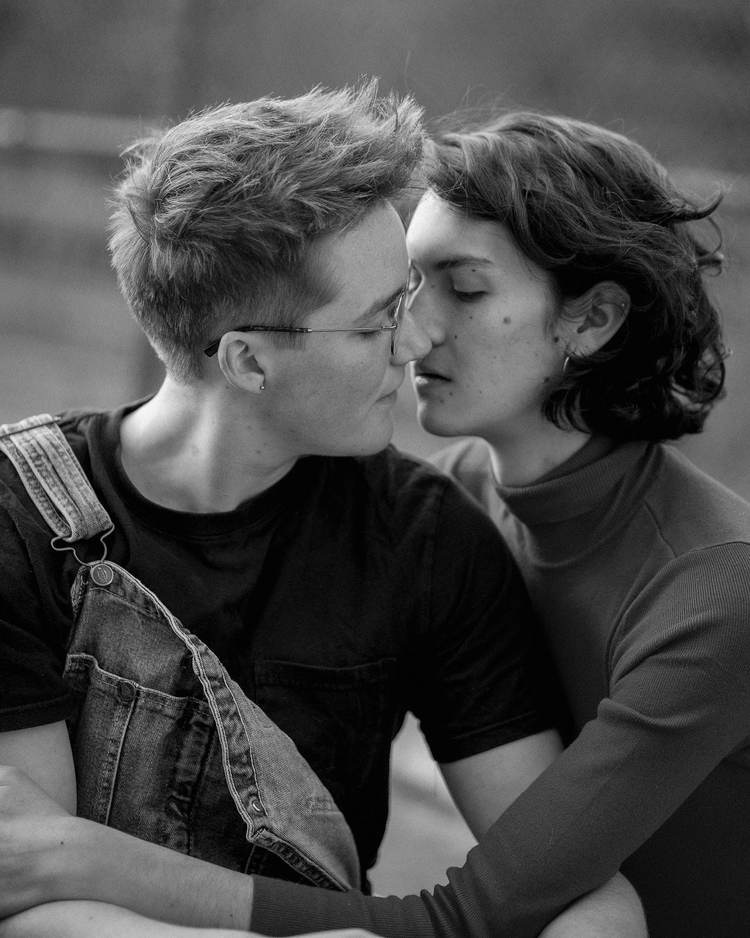
Yulia Kharin — Ukraine
Initially a portrait photographer, Yulia Kharin has been photographing sweet, tasty treats since 2018. Her uniquely atmospheric compositions make for a compelling visual experience. When using Lightroom during her post-production process, she mainly works with the White Balance, Contrast, and Light accent tools to ensure that subjects look sublime to taste. In the near future, she hopes to keep developing her blog to show more people the art of food photography. To all junior photographers, Kharin encourages courage: Do not be afraid to start! Do not be afraid to try. Do not be afraid of failure and bad work. There will definitely be bad works. All professionals have them. However, the more you practice, the better your photos will become.
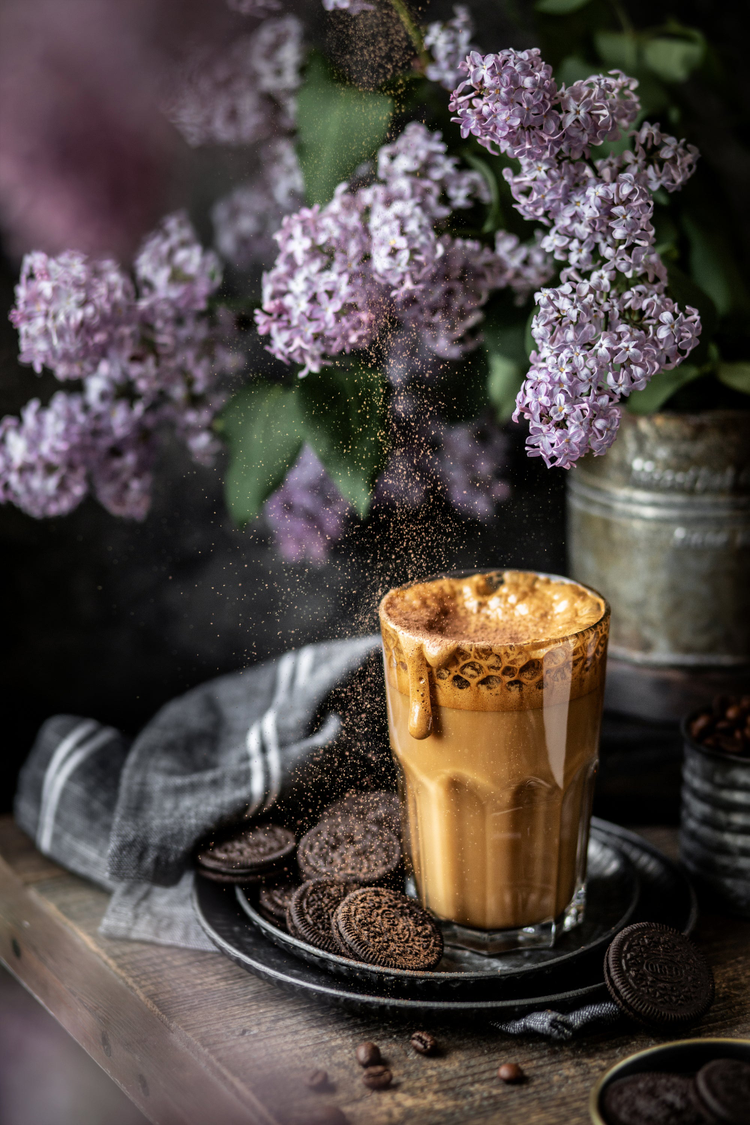
Lara Jackson — UK
UK-based wildlife photographer Lara Jackson has had a camera in her hand since 2017. Immediately obsessed with the thrill of wildlife photography, she set out to share her images with a purpose. Unlike many photographers who share their alluring captures with technical details as captions, Jackson focused on the subjects themselves: the animals. She started sharing her photos with conservation messages that related to her subjects: threats to their survival, how many there were left in the wild, or an interesting fact about them. She realized that she could reach a large and varied audience through her Instagram, not just scientists. A devoted conservation biologist, Jackson loves photographing all African species, though her all-time favorite subject is the rhino. She differs from other photographers in that she has no aspirations to be published in big magazines like National Geographic. Rather, she wants to continue telling important conservation success stories, such as the rangers who walk more than 20 kilometres every day to ensure the safety of rhinos. Jackson’s talent is in her ability to tell stories for those who cannot, which motivates her to keep working her way into the conservation journalism space.
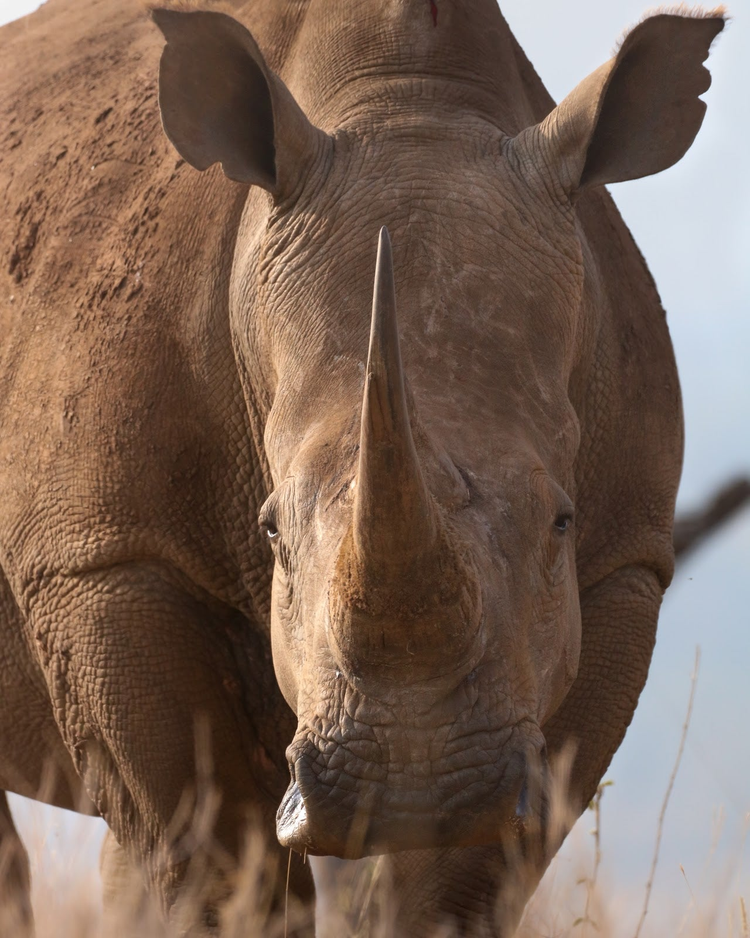
John Wu — U.S.
When mesmerizing landscapes and cultural differences left him speechless, his camera helped to supply the words. Street photographer John Wu first began his photography journey in college, using Lightroom every step of the way. After he’s finished a trip, he’s able to compartmentalize all of his photos to make the editing process as seamless as possible. From there, post-processing begins, which enables him to push the boundaries while color-grading to bring new layers of detail into his imagery. When Wu takes an interest in something, he does not take it lightly. He consistently challenges himself to pinpoint how exactly he can outdo his best photo to be better than the day before, and it shows! His long-term goal is to work with brands and establish himself as a brand ambassador. To other fresh photographers, Wu shares one piece of advice: Don’t let anyone tell you how to develop your style. You are the one in control when it comes to your art.
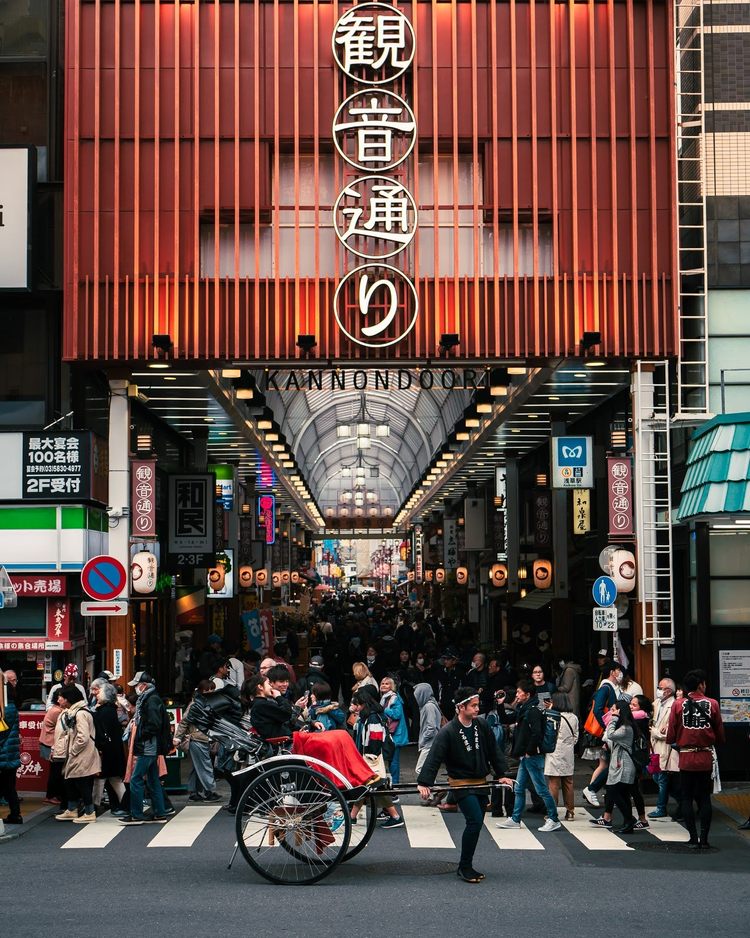
Tate Drucker — U.S.
From Mozambique comes environmental photographer Tate Drucker, whose natural affinity for the camera and fantastic surroundings has afforded a magical career, beginning at only 15 years old. She lives for the challenge of awaiting the perfect shot to come together when photographing an animal in its natural environment (the right light, the right moment, the right second of serendipity to separate it from all the other photos that have been taken of that animal before). Beyond simply taking a nice photo, she finds that photographing the coexistence of wildlife, our natural world, and our developing world often leads to important conservation conversations. As a passionate traveler, Lightroom has allowed Drucker to carry her entire library with her, so long as she has access to her Lightroom account. After visiting and shooting in over 70 countries, Drucker’s portfolio highlights the geographic diversity of her work. Her advice to other up-and-coming creatives: You don’t have to travel somewhere far-flung to shoot amazing images; find the stories where you live now. You heard her!
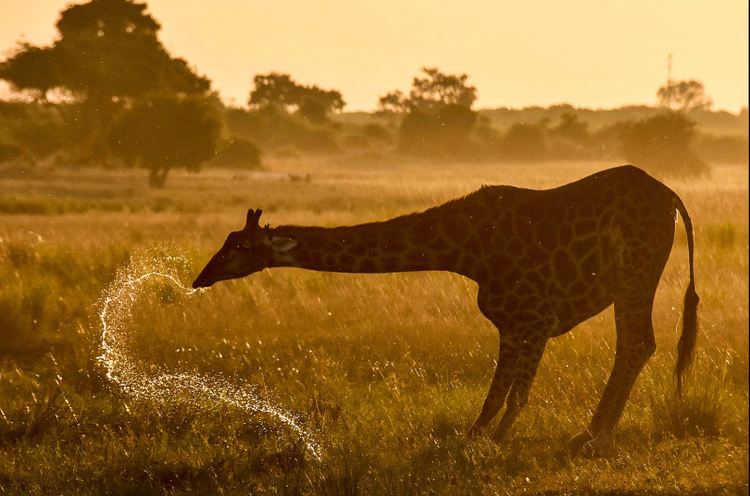
Erin Ng — U.S.
Inspired by her dad’s enthusiasm for the craft, Erin Ng got her first point-and-shoot camera in fifth grade and has been snapping away ever since. She committed to a career in photography and has been shooting commercial and editorial photos since she graduated. Ng’s subject bias skews toward food for several different reasons. Not only is food delicious and fun to shoot, but to Ng, it is a gateway to new encounters, diverse stories, and is an invitation to learning about different cultures, histories, geographies, and technologies. Food is truly a subject of subjects (and, you get to eat it). At the heart of it, Ng just wants to create photography that brings joy and togetherness. Nothing connects people quite like the common denominator of food, and she hopes that her work – whether professional, personal, of food or beyond – can likewise bring people together and make the world feel a little bit more cozy. Ng’s advice to other creatives is simple: Photograph the things you love, not the things you think people will love. Be bold in asking for advice and feedback. Don’t worry about your gear now and just shoot, shoot, shoot. (Also turn on your gridlines!)
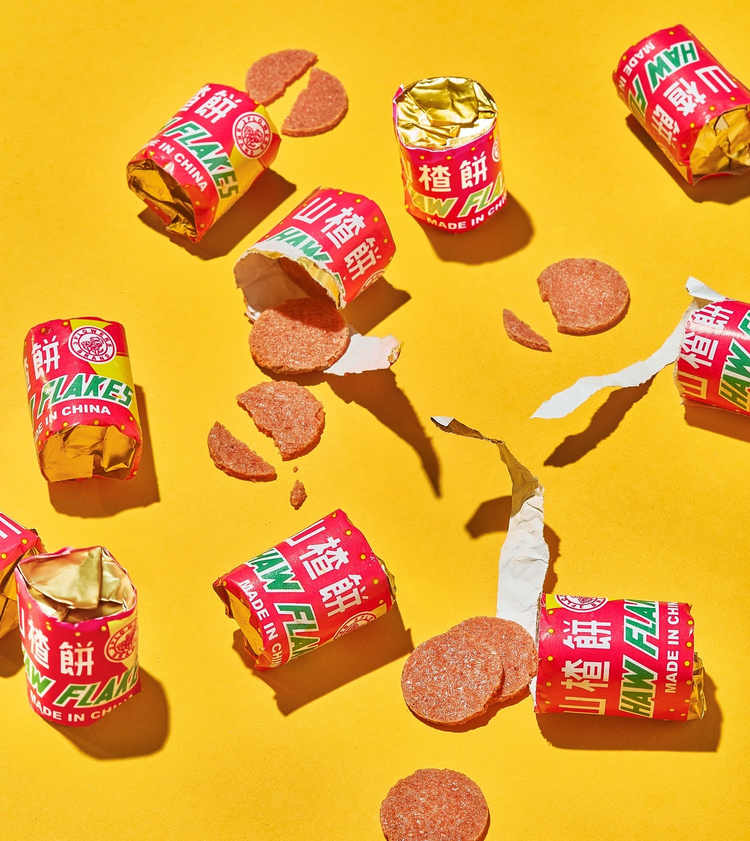
Follow their journeys here.